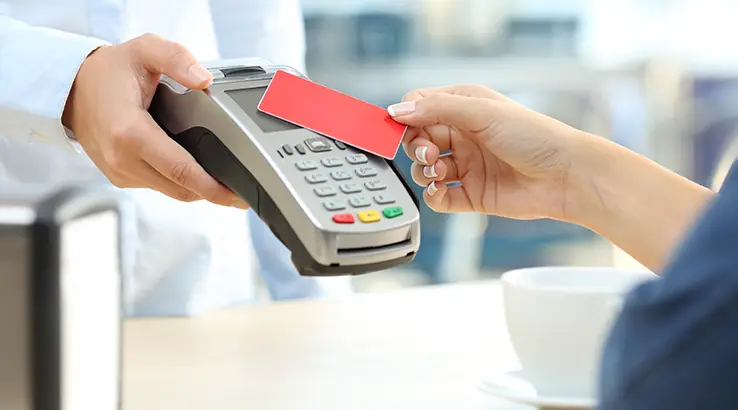Contactless payment limit set to rise to £100 from October
UK consumers will soon be able to use contactless cards for in-store purchases worth more than the current £45 limit
The new £100 spending limit for contactless card payments will be rolled out nationally from 15 October 2021, banks have confirmed.
The prospect of raising the contactless payment limit from £45 was mooted earlier this year, and a final decision has been made by the Treasury and the finance watchdog, the Financial Conduct Authority, after a public consultation and discussions with both the retail and banking sectors.
The raise on the limit for a single contactless transaction – where the user doesn’t need to enter their PIN – follows a previous rise from £30 to £45 in April 2020. This happened at the height of the UK’s first coronavirus lockdown, when many retailers were encouraging customers to pay by card rather than cash.
Announcing the latest rise, banking industry body UK Finance said that consumers would start to see shops accepting contactless payments up to the new £100 limit from 15 October. However, given the number of in-store card readers which will need to be updated to accept the new limit, the association added that it could take some time to be introduced across all UK stores.
David Postings, chief executive of UK Finance, said: “Contactless payment has proved very popular with consumers and an increasing number of transactions are being made using contactless technology. The increase in the limit to £100 will allow people to pay for higher value transactions like their weekly shop or filling up their car with fuel.
“The payments industry has worked hard to put in place the infrastructure to enable retailers to update their payments systems so they can start to offer their customers this new higher limit.”
For customers spending more than £100 in-store there are still other ways to pay, including chip and PIN, cash and mobile payment wallets such as Apple Pay or Google Pay, which don’t have an upper limit when authenticated through biometric technologies like fingerprint or facial recognition.

